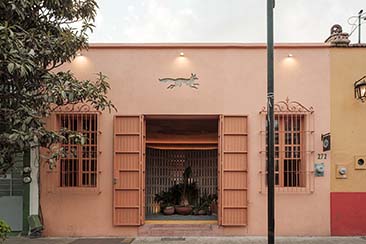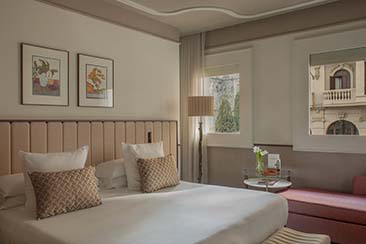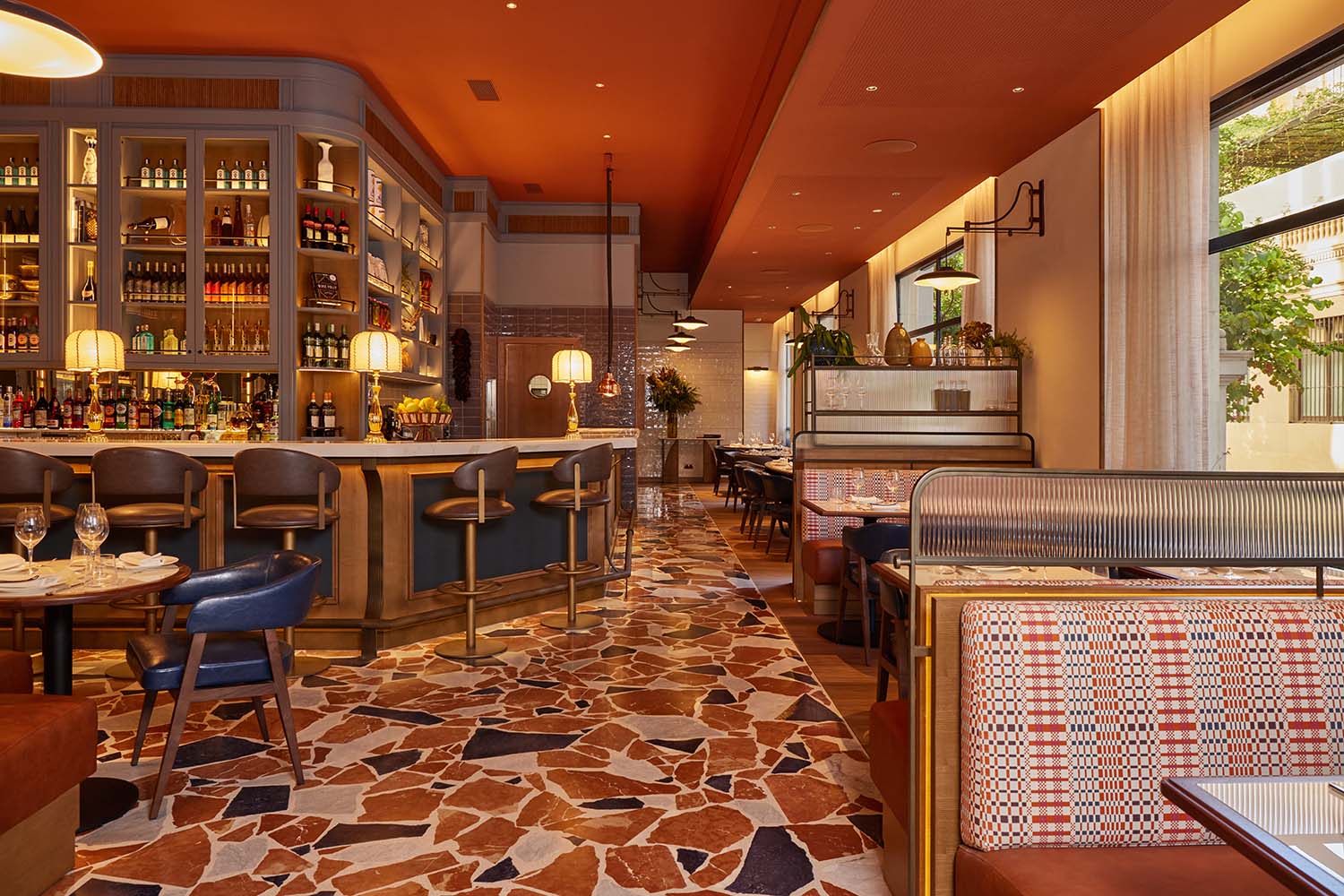In 1945 Japan was a broken nation. The once proud empire lay in ruins, its cities razed by American bombs, and its people humbled. Yet by 1964, when Tokyo hosted the Olympic Games, Japan was reborn and well on the way to becoming a global economic power, a manufacturing powerhouse and a leading technological innovator. The story of this amazing two-decade transformation is told through photography in Metamorphosis of Japan After the War, an exhibition at Open Eye Gallery organised by The Japan Foundation and curated by Tsuguo Tada and Marc Fuestel.
To better understand this complicated period, the show is arranged by theme rather than chronology; The Aftermath of the War, Between Tradition and Modernity and Towards a New Japan are the three sections that provide a vivid narrative to an otherwise convoluted era. Over 100 black and white images from 11 leading Japanese photographers including Ken Domon and Hiroshi Hamaya, whose image of the sky taken at the end of the war on 15 August, 1945, opens the exhibition and begins the fascinating journey towards Japan’s redemption. The Liverpool gallery will host the show from 22 January to 26 April.
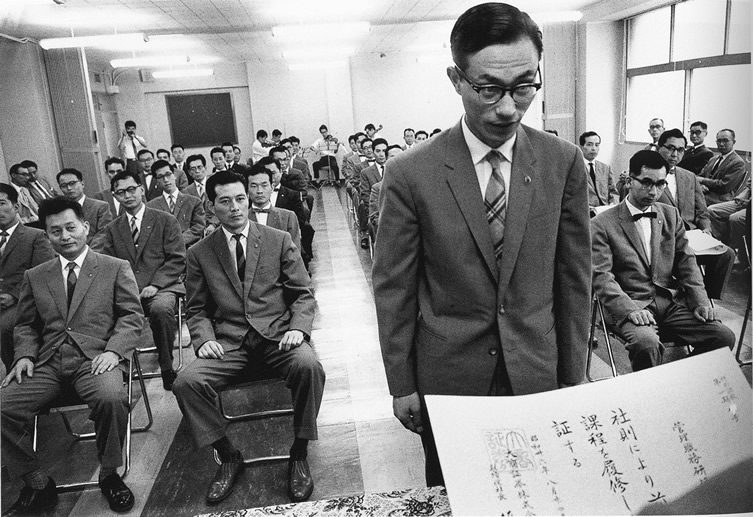
Completing management training at a stock brokerage firm.
Ikebukuro, Tokyo 1961.
Shigeichi Nagano
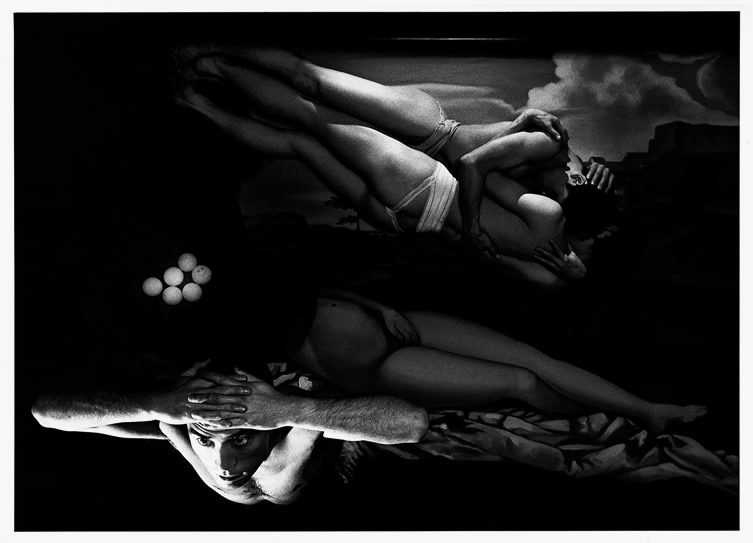
Barakei (Ordeal by Roses), No.16. 1961.
Eikoh Hosoe
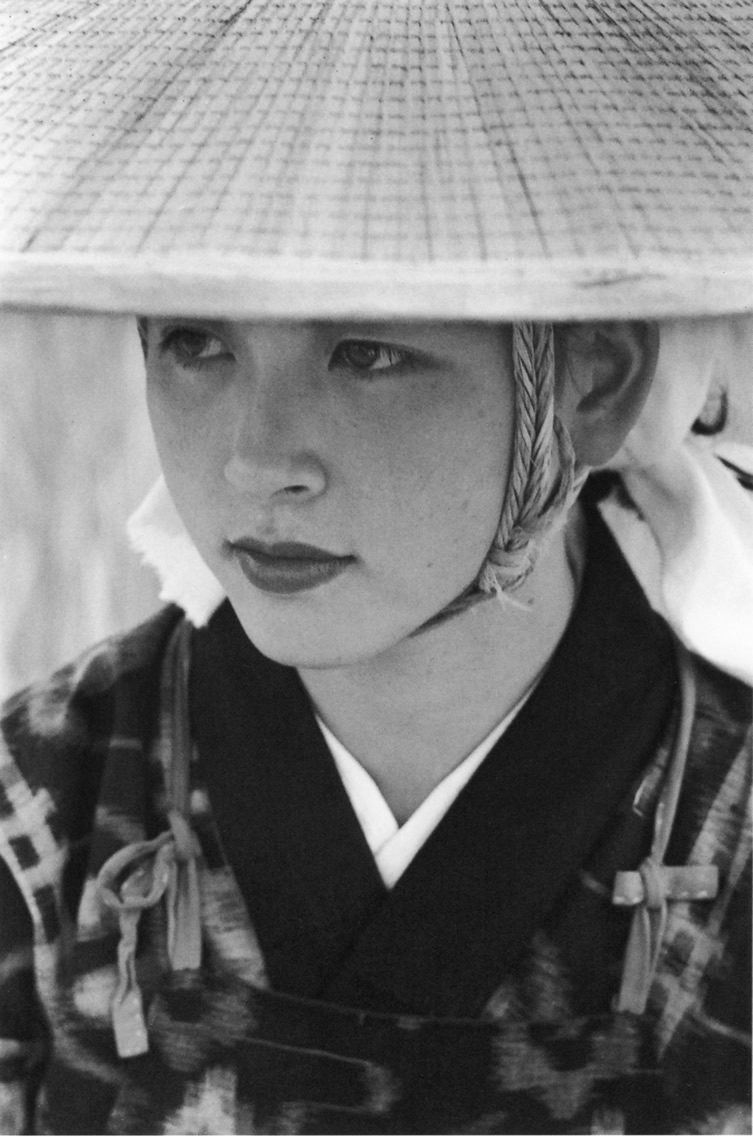
Young woman. Omagari, Akita, 1953.
Ihee Kimura
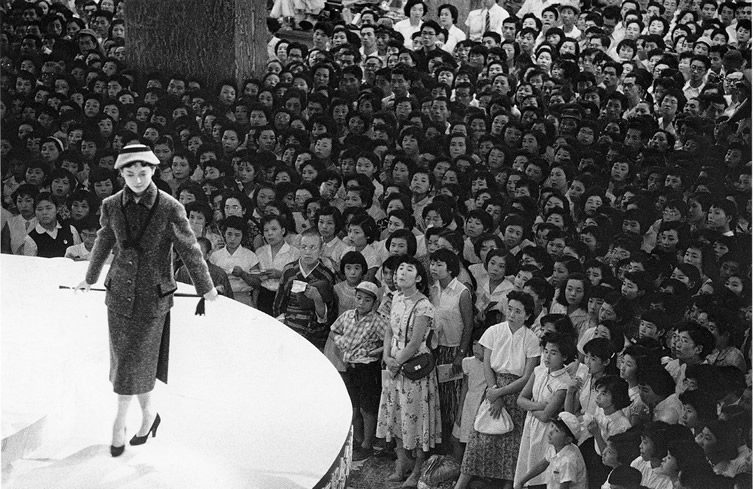
Fashion show at the Mitsukoshi department store.
Nihonbashi, Tokyo 1956.
Shigeichi Nagano
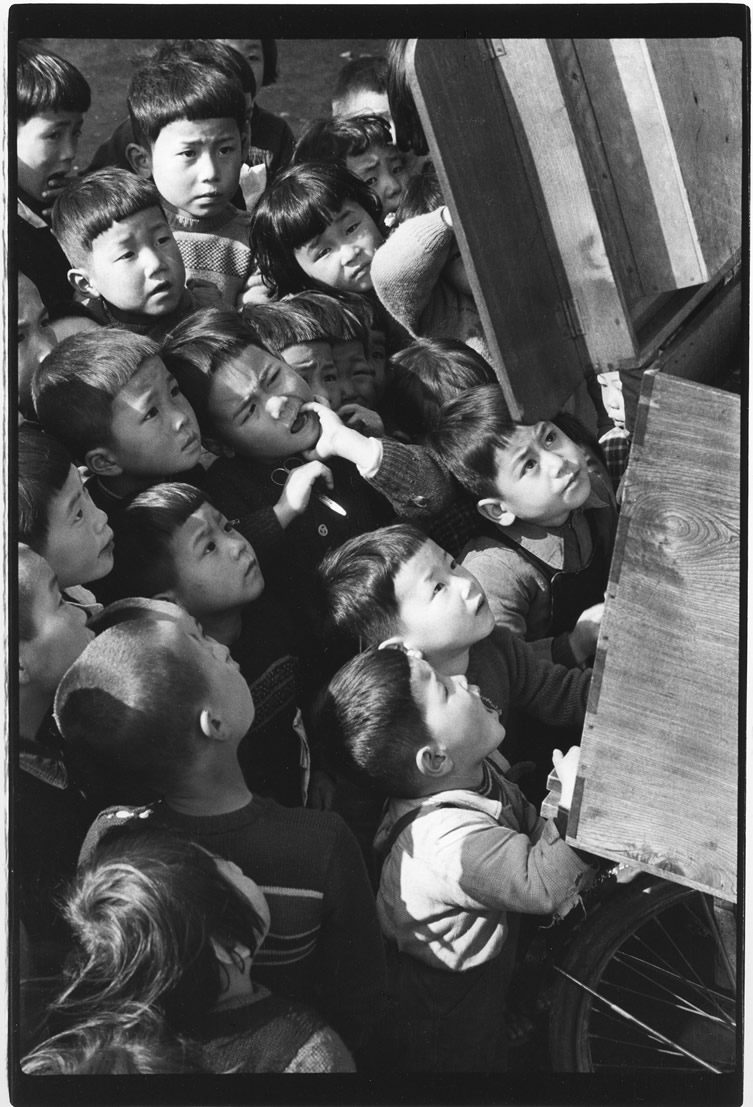
Children looking at a picture-card show.
Tokyo, 1953.
Ken Domon
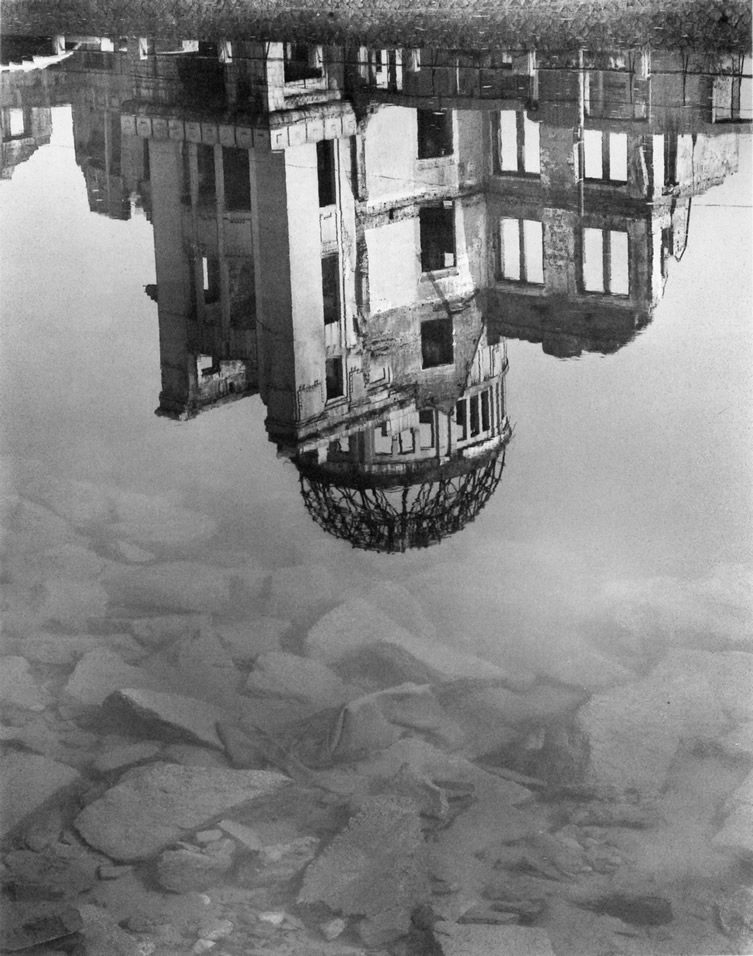
The Map. The A-Bomb Memorial Dome and Ohta River. 1960-65.
Kikuji Kawada
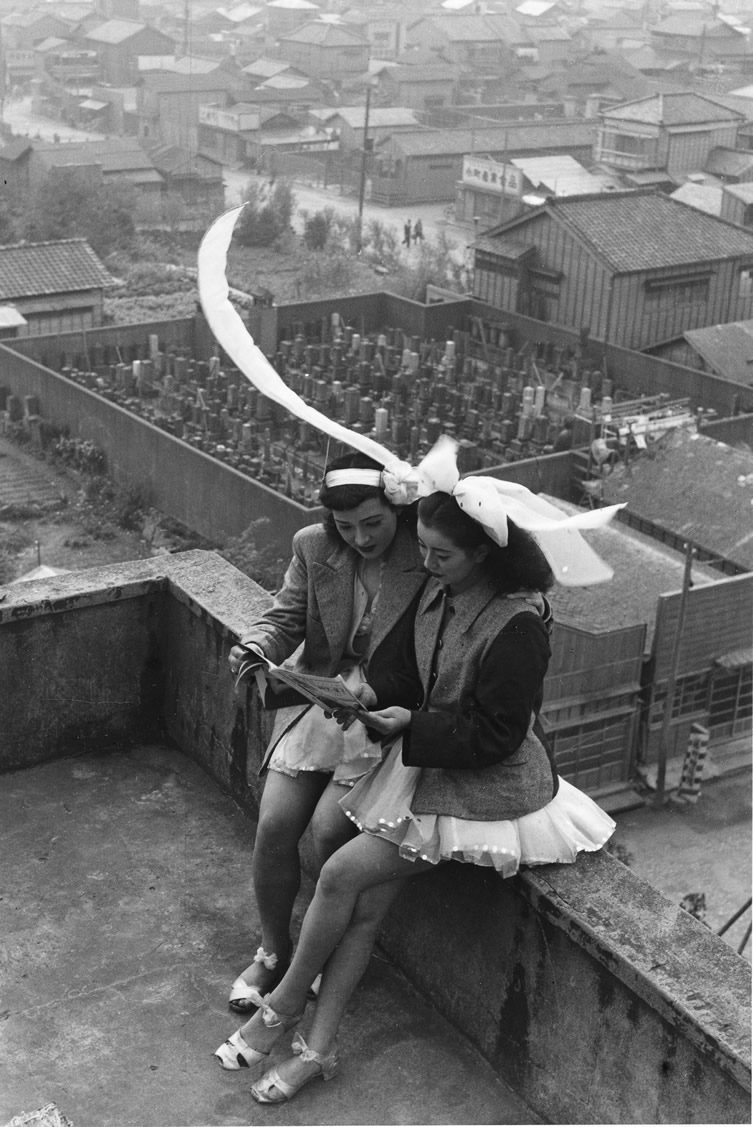
Dancers resting on the rooftop of the SKD Theatre.
Asakusa, Tokyo, 1949.
Takeyoshi Tanuma
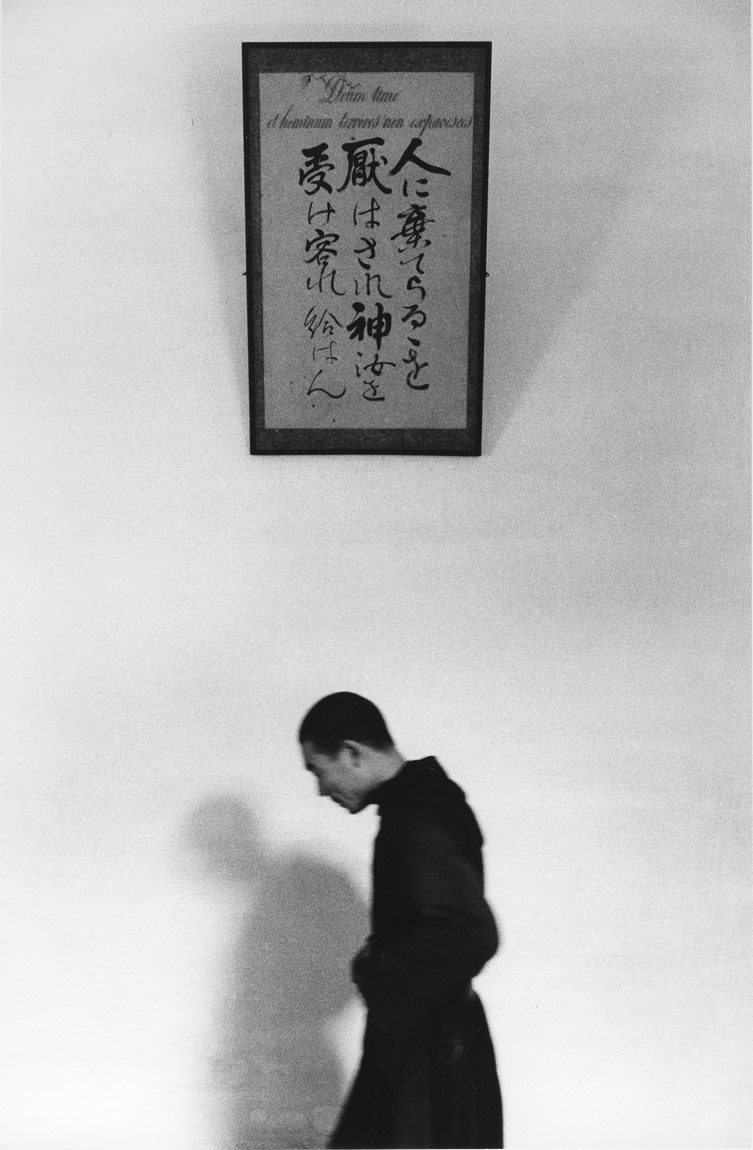
Domains. Garden of Silence, No.52.
Hakodate, Hokkaido, 1958.
Ikko Narahara





